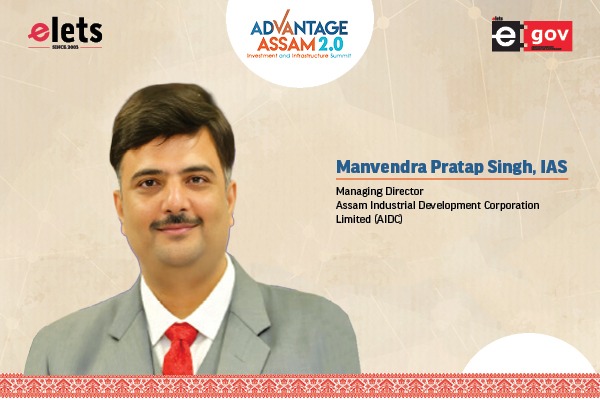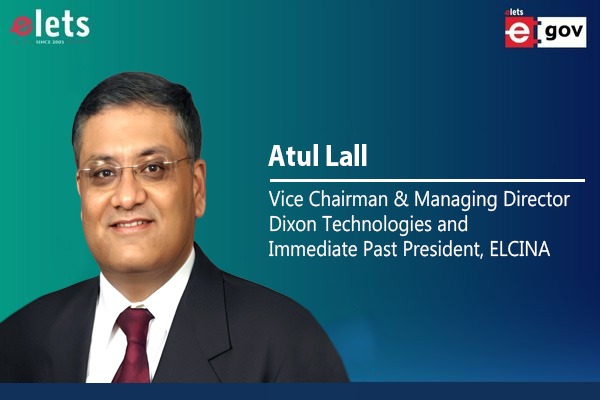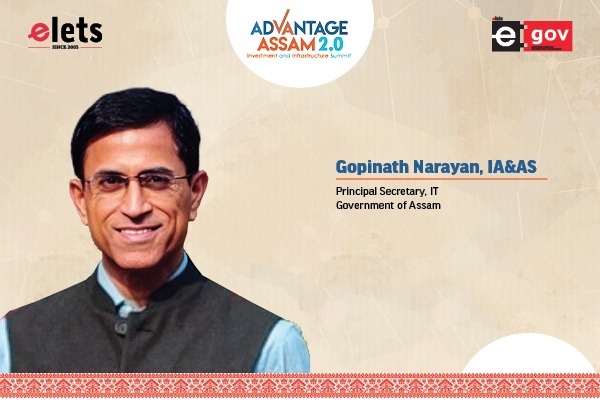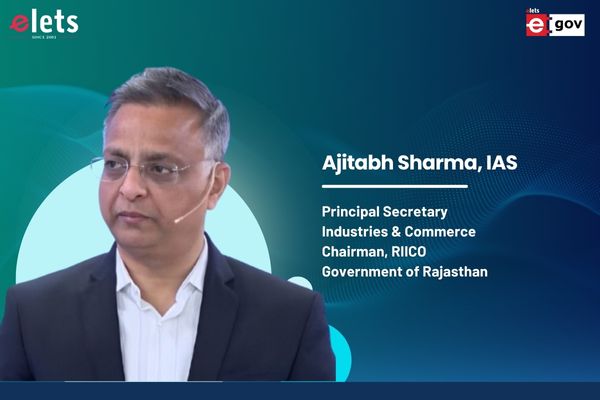
The road ahead for improving the present scenario of the transport sector is to make way for electric vehicles and ensure zero emission, says Abhay Damle, Joint Secretary, Ministry of Road Transport and Highways, Government of India, as he puts spotlight on the challenges faced in introducing green mobility solutions and measures taken by the government to mitigate those, in an interview with Souvik Goswami and K C Mishra of Elets New Network (ENN).

Abhay Damle, Joint Secretary, Ministry of Road Transport and Highways
What are the major challenges in the public transport sector in India?
Public transport has always been a major challenge. We are growing very fast when it comes to metros and Mass Rapid Transit (MRT) solutions. When it comes to buses, we are unable to take the lead. Firstly there are regulatory issues as the private sector has not been allowed to play a major role in this area, whereas the capacity of the state road undertakings is limited. Secondly, the state road undertakings are burdened with huge losses. If you look at the last 20 years, public transport has witnessed hardly two percent growth whereas the private mobility sector has seen a huge jump of over 10 percent on a yearly basis. There is a need for improving public transport and getting the private sector on board and making them follow rules and have a congenial environment.

What are the steps taken towards mitigating these challenges?
The ministry has come up with the guidelines of shared mobility and this has been an area where we have seen massive transportation whether it is the taxi or e-rickshaw segment. Wherever we have been able to generate the permit, which in itself is an artificial scarcity, then there is no challenge. There is another issue of availability of good quality buses. The ministry has recently come up with the standard where the quality of buses in India has been upgraded with a considerable user experience in mind. We hope that the new buses will have better acceleration, power and comfort for the users and that is something that will draw the customers to the buses. It must also be noted that the two-wheelers offer major competition to the public transport in the urban sectors and cards in the inter-city sectors.

Is there any plan for global collaborations?
We have recently teamed up with TFL i.e. Transport for London and World Bank and have started deep diagnostic studies with Maharashtra and Andhra Pradesh. The result of the study will give us areas to focus, i.e. digitisation, passenger services and passenger information systems, bus quality and good contractive model for hiring the buses. The requirement in the country is three times of what is available today. This number will come from the sources such as government and private sector. So we need to have a contracting model which should be a win-win situation for the SRTOs as well as the operators and customers. That is something we hope that the World Bank and TFL project will help us in.
What is your take on the electric vehicle ecosystem and the road ahead?
The road ahead is towards the zero emission mobility. To achieve this, the power generation process also has to be on the greener side. Large number of new players is also coming in the E-mobility sector. From the ministry side, we have taken certain measures on mobility. Firstly, we are providing green number plate to the electric or battery operated vehicle which would give it an instant recognition. The implementation of the e-mobility policy will become easier with the distinct identity. Secondly, all the electric vehicles are exempted from the permit system in the mobility sector. We believe that this would do away with the physical restriction and delay in process caused to generate permits. Thirdly, to promote Make in India, we have allowed certain players to get some of the models in India, sell them and check the customer feedback and execute the production in India. In the two-wheeler segment also we feel that there is an immense scope of mobility. That is where we have brought certain changes to connect the equivalence of 50 CC IC with electric vehicle.
What is the plan to provide infrastructural support for the electric vehicles?
A large number of cities are now coming up with the e-vehicle charging stations. Lot of liberalisation has taken place with regard to the policy of setting up of charging stations. Several private players are also showing interest in this area and the Ministry of Power has issued norms regarding this as well. This is expected to create business opportunities as well. We have observed that 85 percent e-vehicles are charged at homes or offices. The presence of public charging stations will provide comfort to the users that there will be options to charge vehicles on the go if need be.
How can private and public sector collaborate to build a better transport infrastructure ecosystem?
The state road transport undertakings need to follow and implement best global practices in the transport sector. There are more than two million three-wheelers operating on the road today and over 400 e-rickshaw manufacturers are there. They play an important role in terms of last mile connectivity and a silent revolution is going on.
How can the technology and innovation leverage in the transport spectrum?
While looking at technology and innovations, we first aim to improve the technology and assets. If the assets are better utilised then the cost of overheads get distributed over larger miles, and that is what brings optimisation of the cost. Technology has been an enabler in terms of reducing inefficient practices in the operators’ domain and helps in identifying areas where they can improve and provide better passenger information services and digital ticketing system.
The incidents of road accidents are on the rise. Although the government has taken initiatives on road safety, what are the other ways to prevent such incidents?
This is a huge area and the stakeholders are the government, motorists, pedestrians, and the industry. With regard to the vehicles, a large number of standards have been framed. We have recently been awarded by Global NCAP, an organisation that works for vehicular safety on a global level, for innovative regulations in the field of motor cycles. We have mandated Anti Lock Braking System (ABS) and Combi Braking System (CBS) motorcycles to ensure greater safety. A lot of work has been done with regard to automobile standards. Apart from that, we have to sensitise the citizens as well.
The quality of roads is improving but that has put additional challenge on speed management. In order to control the speed, we are coming up with certain regulations in cars, which would indicate the drivers to reduce the speed when it is on the verge of crossing the limit. This is likely to be implemented from July 1, 2019. Few other measures include mandatory airbags, audio reminders to fasten the seat belt and putting reverse sensors.
A lot of states and cities are introducing e-enforcements. IT driven enforcement techniques have also been put in place and they are being replicated. Our campaigns and advocacy in terms of road safety have also been boosted. More than 250 NGOs have been sanctioned for taking up road safety activities. Government is also investing in road safety campaigns which have created an impact on the masses. Still a lot of work has to be done. All the states have to come together to achieve this.
Be a part of Elets Collaborative Initiatives. Join Us for Upcoming Events and explore business opportunities. Like us on Facebook , connect with us on LinkedIn and follow us on Twitter, Instagram.
"Exciting news! Elets technomedia is now on WhatsApp Channels Subscribe today by clicking the link and stay updated with the latest insights!" Click here!













